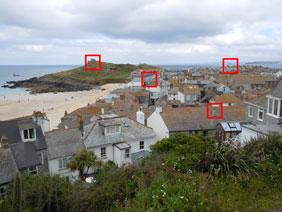Sony Cyber-shot DSC-H55
-
-
Written by Gordon Laing
Quality
Sony Cyber-shot DSC-H55 vs Nikon COOLPIX S80000 vs Panasonic Lumix DMC-TZ8 / ZS5 real life resolution
Sony Cyber-shot DSC-H55 |
Nikon COOLPIX S8000 |
Panasonic Lumix DMC-TZ8 / ZS5 | ||
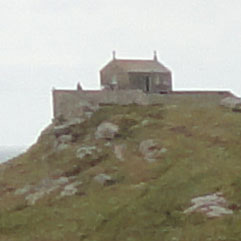 | 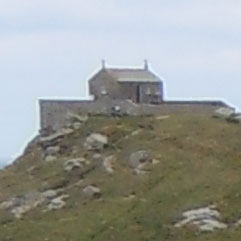 | 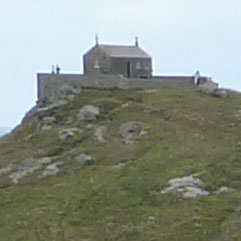 | ||
f4, 80 ISO |
f3.5, 100 ISO |
f4.3, 80 ISO | ||
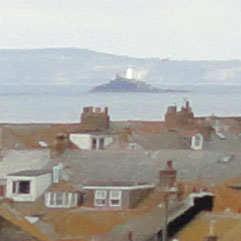 | 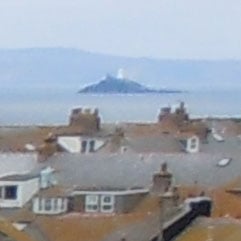 | 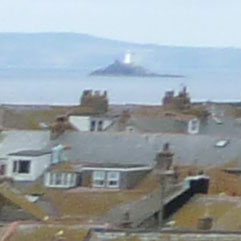 | ||
f4, 80 ISO |
f3.5, 100 ISO |
f4.3, 80 ISO | ||
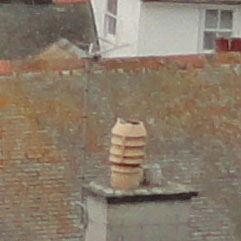 | 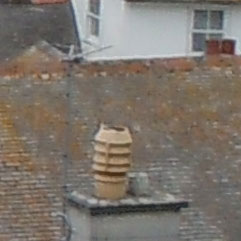 | 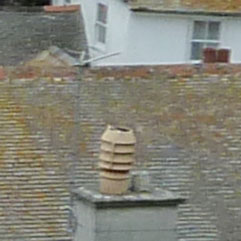 | ||
f4, 80 ISO |
f3.5, 100 ISO |
f4.3, 80 ISO | ||
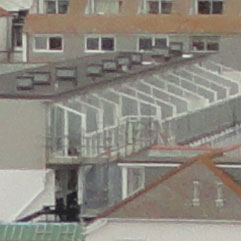 | 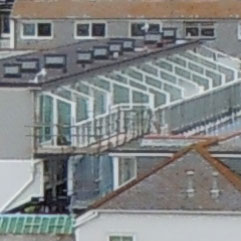 | 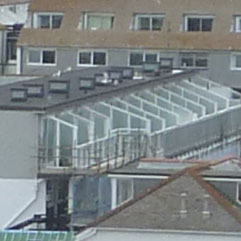 | ||
f4, 80 ISO |
f3.5, 100 ISO |
f4.3, 80 ISO |
The above image was taken with the Sony Cyber-shot DSC-H55 in Program mode. The lens was set to 5.1 mm (30mm equivalent) and the metering selected an exposure of 1/320th of a second at f4 with an ISO setting of 80. The original 4320 x 3240 pixel image had a file size of 5.45MB. These test images were shot in cloudy bright conditions so the subject doesn’t present the same kind of exposure challenges as it does in bright sunlight with a high dynamic range encompassing bright highlights on the white walls and deep shadow in the foreground vegetation. The Cyber-shot H55 has made a pretty good job of the exposure, however there is a degree of clipping of the highlights with some detail lost in the white clouds in the top right corner of the frame. There’s good detail in the shadows though and we think a slightly better result might have resulted had the Cyber-shot’s multi metering mode chosen an exposure half a stop lower. The Cyber-shot H55 has got the white balance spot on though. Where both the Nikon COOLPIX S8000 and Panasonic Lumix TZ8 / ZS5 have produced results with a slight blue cast, the Cyber-shot H55’s whites are neutral resulting in other colours being correctly rendered and producing a pleasing warmer result. Now let’s look at the detailed crops. Generally, the crops from the Cyber-shot DSC-H55 show a good level of detail that’s consistent accross the frame from the centre to the edges. There’s little evidence of chromatic aberration, even right at the edges and fine detail is quite well resolved. There is a slight clumpiness to the pixels, though, and if you look closely at the first crop of the chapel on the hill you’ll notice a faint white halo that extends along the top of the wall and down the hill. This is the result of sharpening or some other digital processing. While you’re not likely to notice it other than when looking at full sized pictures on screen or printed (even then you have to look quite hard) it does show that Sony has had to work very hard (perhaps too hard) on the image data delivered by the lens and sensor combination in order to produce acceptable results. Compared with the COOLPIX S8000, the Sony Cyber-shot DSC-H55, is ahead on all counts. Firstly, the Cyber-shot H55 has nailed the while balance spot whereas the COOLPIX crops have a very pronounced blue cast. And though the Sony crops look a little clumpy and the halo is just visible on the horizon, the COOLPIX S8000 exhibits these artifacts to a much greater extent and the difference shows in reduced image detail. Probably the best example of the difference in image detail is in the lighthouse crop, where the Sony has clearly made a better job of resolving the detail in both the foreground houses and the landscape beyond. Like the COOLPIX S8000, the Lumix TZ8 / ZS5 has also had a bad day where the white balance is concerned and produced an image with a slight blue bias. And the halo effect that’s visible in both the Sony H55 and Nikon S8000 crops is here on the Lumix TZ8 / ZS5 crops as well. Looking at the entire image, the Lumix halo is not so bad as the COOLPIX one, but worse than the Sony H55. The overall level of image detail in the Lumix crops also does’t quite match up to what the Cyber-shot H55 can produce and it lacks consistency, while it’s good at the centre, it deteriorates towards the edges. Compare the top (chapel) crops from the two cameras and you can’t see much difference but in the lighthouse crop from nearer the edge of the frame the Cyber-shot detail is clearer and sharper. Now let’s check out how they compare at higher sensitivities in our High ISO Noise results. |
Sony Cyber-shot DSC-H55 vs Nikon COOLPIX S8000 vs Panasonic Lumix DMC-TZ8 / ZS5 High ISO Noise
|
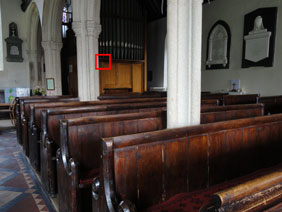 | To compare noise levels under real-life conditions we shot this scene with the Sony Cyber-shot DSC-H55, the Nikon COOLPIX S8000, and the Panasonic Lumix DMC-TZ8 / ZS5. The lenses on all three cameras were set to approximate the same field of view and ISO was manually set. |
The above shot was taken with the the Sony Cyber-shot H55 in Program mode with the lens at a wide angle setting of 5.2mm (30mm). The exposure was 0.6 of a second at f4. The crops are taken from the area marked with the red square and presented below at 100%.
Overall the Sony Cyber-shot DSC-H55 performed fairly well in our high ISO noise test. Starting with the 100 ISO crop, the exposure’s good, the level of detail is fine and there’s little evidence of noise, though it isn’t entirely absent and there’s a perceptible grainy quality about the wood panelling. The 100 ISO crop is very similar, showing a good level of detail in the stone column and a nice crisp edge.
Moving up to 200 ISO and the noise level has gone up a notch. The detail in the wood panelling and, more noticeably in the stone column is beginning to go soft. By 400 ISO both the noise and the softening produced by the Cyber-shot’s efforts to contain it are becoming pretty intrusive, notice how the edge of the stone column is beginning to break up in this crop.
From 800 ISO upwards it begins to look very ugly. It’s worth pointing out, however, that these 100 percent crops present, if you like, the worst-case scenario. Usually you’ll be looking at the whole image in reduced size, not a small part of it at 100 percent. When viewed like that things don’t look nearly so bad, take a look at the 1600 ISO example in the galleries for these models for a better idea of the overall picture.
Having said that, we’d expect, and do see better results than this from other compacts. Though the Cyber-shot H55 does very well at low ISO sensitivty settings, what’s disappointing is the rate at which things deteriorate, with even the 400 ISO setting providing quite poor image quality.
Even though the Cyber-shot H55 does badly further up the scale, it does much better then the COOLPIX S8000 at every step along the way. Right from the off the COOLPIX crops show evidence of both noise and smoothing. The comparison with the Panasonic Lumix TZ8 ZS5 is more interesting. At 80 ISO we think the Lumix has the edge on the H55, the crop is cleaner and shows more detail. From 100 ISO upwards the crops differ, but you couldn’t really say one was better than the other. The Pansonic crops are smoother, theSsony ones granier, it’s really a question of personal preference.
It’s interesting to note that the 3 Megapixel High Sensitivity scene mode on the Panasonic Lumix DMC-TZ8 / ZS5 has produced a far better result than any of the manaul ISO settings above 400 ISO, if you can live with the smaller image size, this is a really useful low-light feature to have at your disposal. Now head over to our Sony Cyber-shot H55 gallery to see some more real-life shots in a variety of conditions.
Sony Cyber-shot DSC-H55 |
Nikon COOLPIX S8000 |
Panasonic Lumix DMC-TZ8 / ZS5 | ||
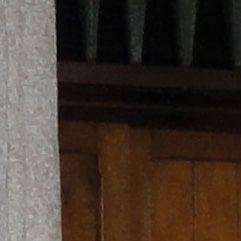 |  | 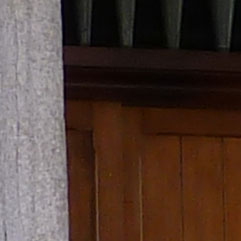 | ||
80 ISO |
80 ISO Not available |
80 ISO | ||
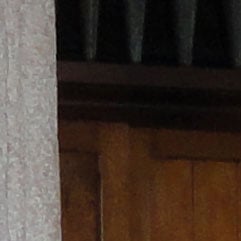 | 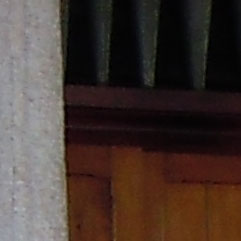 | 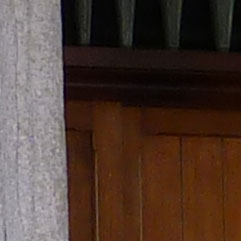 | ||
100 ISO |
100 ISO |
100 ISO | ||
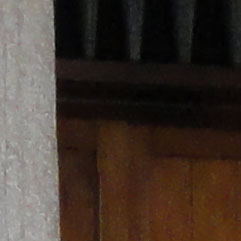 | 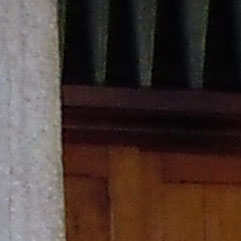 | 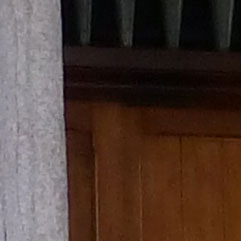 | ||
200 ISO |
200 ISO |
200 ISO | ||
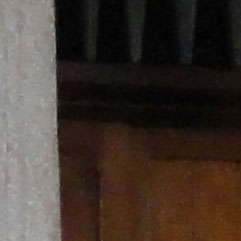 | 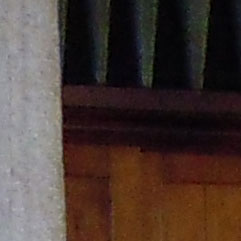 |  | ||
400 ISO |
400 ISO |
400 ISO | ||
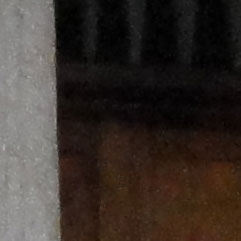 | 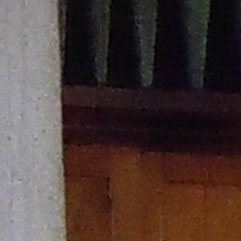 |  | ||
800 ISO |
800 ISO |
800 ISO | ||
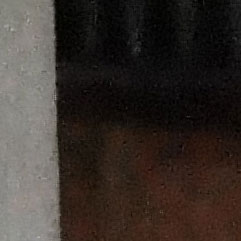 | 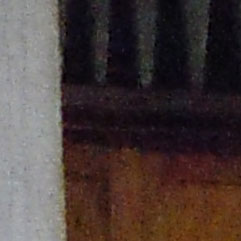 | 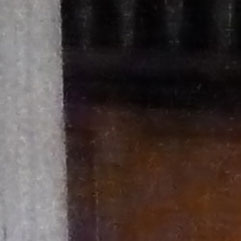 | ||
1600 ISO |
1600 ISO |
1600 ISO | ||
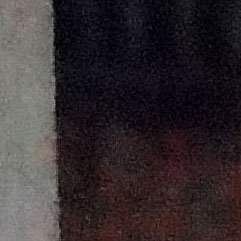 | 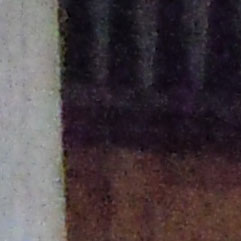 |  | ||
3200 ISO |
3200 ISO |
2000 ISO (Low Light scene mode) |

